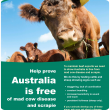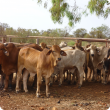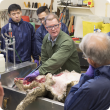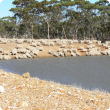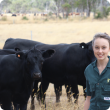Services
Search in Services
Filter services by topic
- (-) Remove Sheep filter Sheep
- Livestock species (12) Apply Livestock species filter
- Pests, weeds & diseases (12) Apply Pests, weeds & diseases filter
- Livestock disease surveillance (12) Apply Livestock disease surveillance filter
- Livestock health & diseases (12) Apply Livestock health & diseases filter
- Livestock & animals (12) Apply Livestock & animals filter
- (-) Remove Beef cattle filter Beef cattle
- Diseases (12) Apply Diseases filter
- Livestock biosecurity (11) Apply Livestock biosecurity filter
- Biosecurity (11) Apply Biosecurity filter
- Biosecurity & quarantine (11) Apply Biosecurity & quarantine filter
- Dairy cattle (8) Apply Dairy cattle filter
- Goats (5) Apply Goats filter
- Horses (4) Apply Horses filter
- Livestock management (4) Apply Livestock management filter
- Pigs (3) Apply Pigs filter
- Feeding & nutrition (2) Apply Feeding & nutrition filter
- Emergency animal disease preparedness (2) Apply Emergency animal disease preparedness filter
- Poultry & birds (1) Apply Poultry & birds filter
- Preventing residues (1) Apply Preventing residues filter
- Management & reproduction (1) Apply Management & reproduction filter
- Residues in livestock (1) Apply Residues in livestock filter
- Control methods (1) Apply Control methods filter
- Chemicals (1) Apply Chemicals filter
- Export services (1) Apply Export services filter
- Food, export & investment (1) Apply Food, export & investment filter

